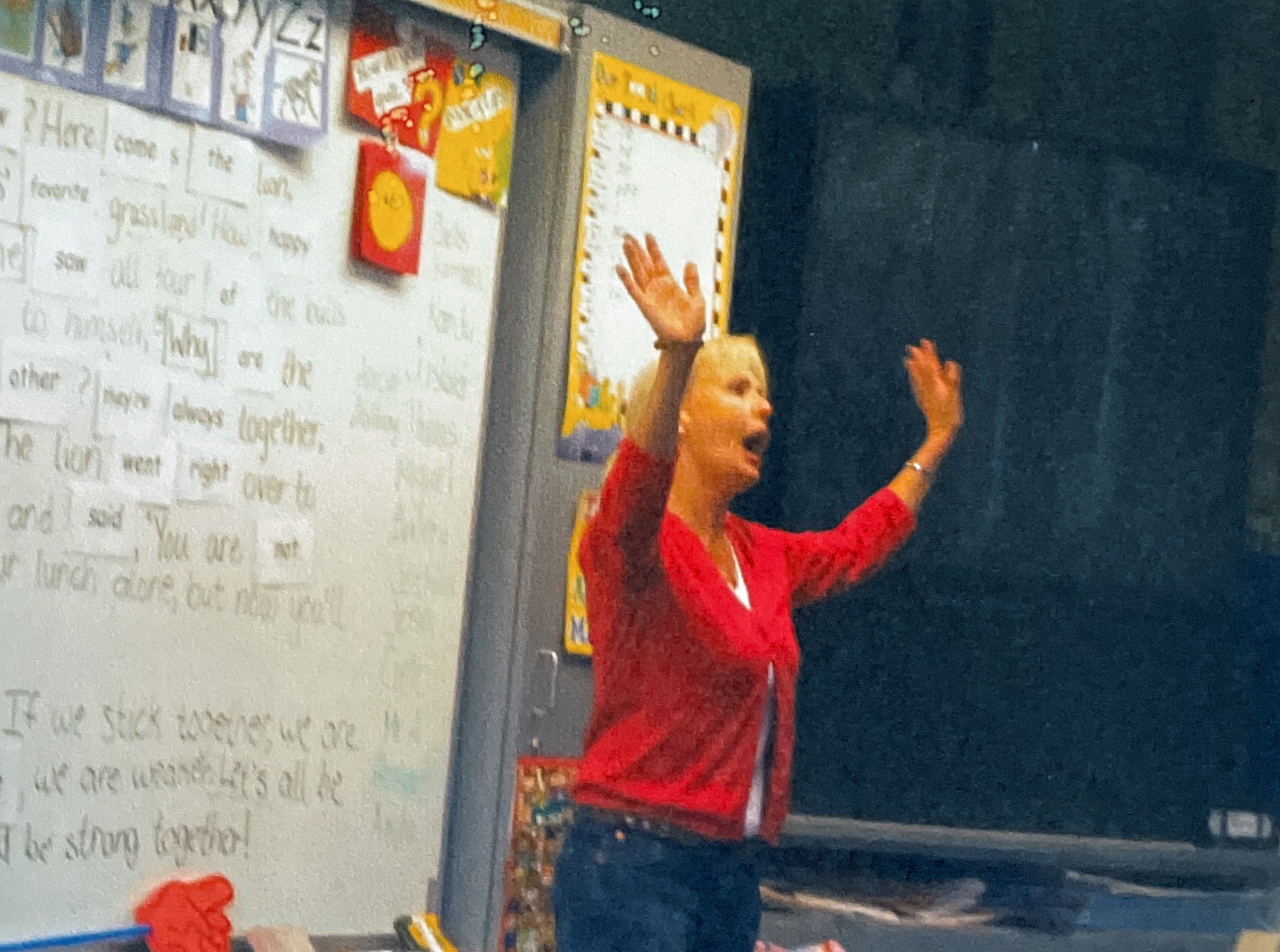Fostering Independent Thinking and Observing in Young Readers
Apr 18, 2022
“Imitation is the sincerest form of flattery that mediocrity can pay to greatness.”- Oscar Wilde
“There are only three ways to teach a child. The first is by example, the second is by example, the third is by example.”― Albert Schweitzer
Teaching children how to process information is embedded in most educational activities, however it isn’t often a generally quantifiable skill. If children have examples of pathways to take to verbalize what they’re learning, a habit can be built to look for certain details to reach correct conclusions.
Lots of words, but here’s what it looks like in a first grade classroom:
There are three words on the board—little, happy, because. A student reads the words and then says, “Hey! All of those words have two syllables!” A conclusion was reached by looking at the details of the words without a prompt. When this sort of thing happens in my classroom, I get excited because I didn’t even ask a question! Gaining that independent thinking and observing is key to being a lifelong learner.
So how do we, as parents and teachers, foster this? I found one way in my classroom that has been effective, and has brought great “I cans” for my students. It happened a bit by accident, as many of our teaching ideas do. I was trying to get better participation from some of my silent learners in the mornings during sight word time when I have up to three classes in my room at once. It’s easy for students to hide in the crowd and allow other students to do all the heavy lifting when it comes to answering questions about our sight word story. In order to get more involvement, I started writing down the names of students on the board who participated with responses under a graphic of SpongeBob singing into a microphone and added the word “Rockstars” under it. If a student answered one of my academic questions, his/her name would go on the list. At the end of our day’s lesson, the students on the list would get a small token—a Skittle, a tiny eraser, e.g. (Think Skinner’s Operant Conditioning here.)
Once students began to see there’s something extrinsic to be gained from responding, more students began raising hands to respond. After the involvement increased, I upped the ante a bit. Now, not every question warranted “Rockstar” status! (Skinner!)
Something interesting began happening throughout the school day over time. The students began emulating the “good thinking” that earned another student “Rockstar” status on the board! Here’s an example:
Student 1: “I see those three words all have two syllables.”
Teacher: “Great thinking! Boys and girls, do you see what Student 1 observed?” (Name goes on the board on the “Rockstar” list.)
After lunch the same day:
Student 2: (pointing to a word in the story we’re reading) “I see a word with two syllables here!”
Teacher: “Great thinking! I love that you were looking for two syllable words like Student 1 did!” (Name goes on the “Rockstar” list.)
Getting students to emulate good thinking is important, and it’s even more rewarding when the example emulated is from a peer. When students who are emerging in reading/math skills and are less likely to take a risk to respond, being able to piggyback off someone else’s thinking is a great building block to gaining confidence in formulating, responding and sharing observations and conclusions.
Do you want to constantly give treats for thinking? Of course not! But often, habits are built by starting with extrinsic rewards, and then the “prizes” are gradually diminished. Think about potty training—my sons were taught the proper habits using M&M’s at first. As adults, they certainly aren’t needing M&M’s to keep their pants dry! The habit is built. The same happens in my classroom. The “two syllables” thinking eventually doesn’t warrant “Rockstar” status, because it’s now a habit to hunt for that. The students simply don’t know when I’m going to retire that thinking skill from Rockstar. Now, there may be a silent learner who takes much longer than the rest to feel confident to discover and share this thinking with me. I’ll put that student’s name on the list because I know this is a breakthrough for that particular child.
You might call “Rockstar” something else. You might find a more efficient or creative system to encourage children to emulate good thinking. Whether you use this specific idea or springboard it into your own method, I’ll be flattered that perhaps my idea brought success your way! As Oscar Wilde said, “Imitation is the sincerest form of flattery.”
Stay connected with news and updates!
Join our mailing list to receive the latest news and updates from our team.



